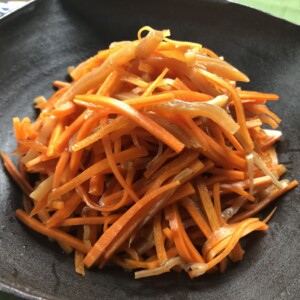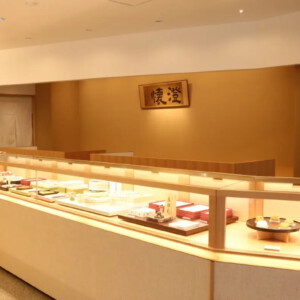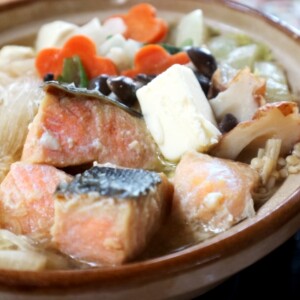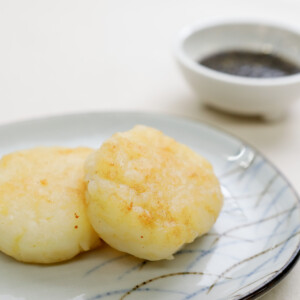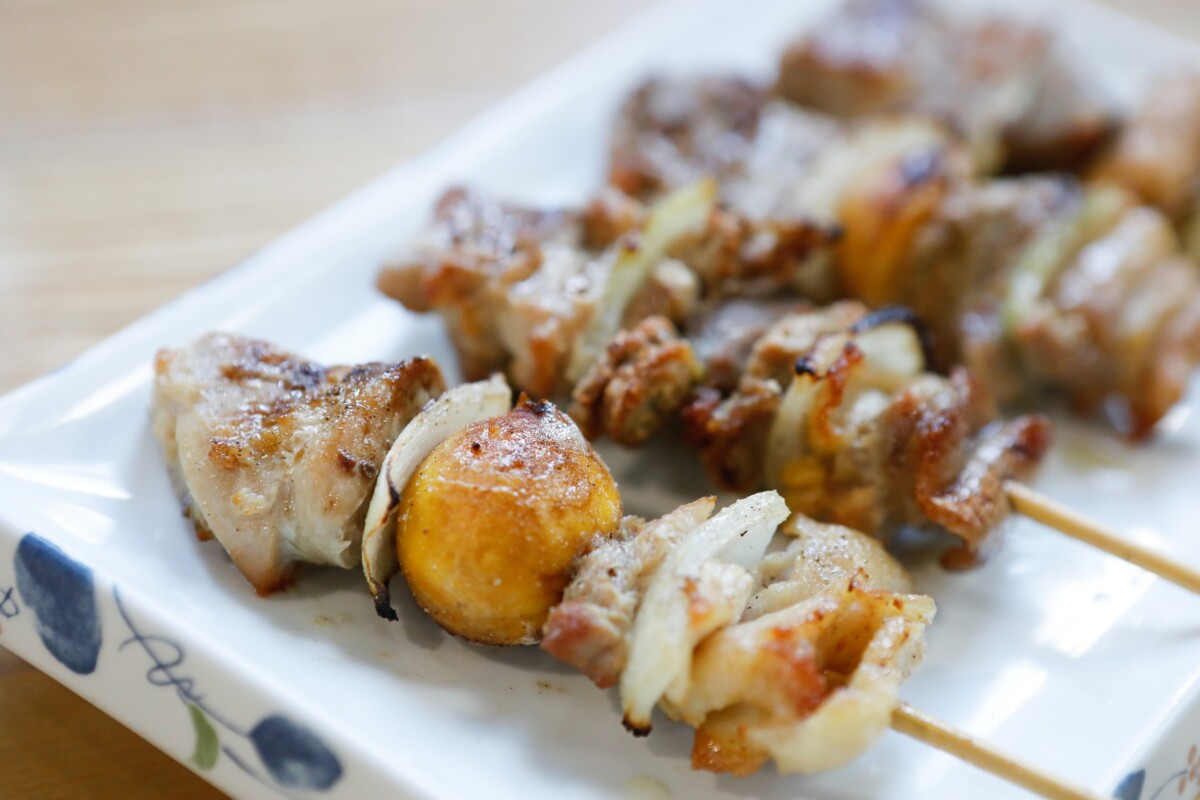
Bibai Yakitori, Hokkaido’s Hidden Gastronomy: Its Characteristics and Appeal
In the magnificent landscape of Hokkaido, Bibai City brings a special opportunity to taste local history and culture through a traditional dish called Bibai Yakitori.
This regional dish has long been a favorite of locals for its skillful use of local ingredients. Its popularity has continued unabated for generations.
The Birth of Bibai Yakitori and Its History
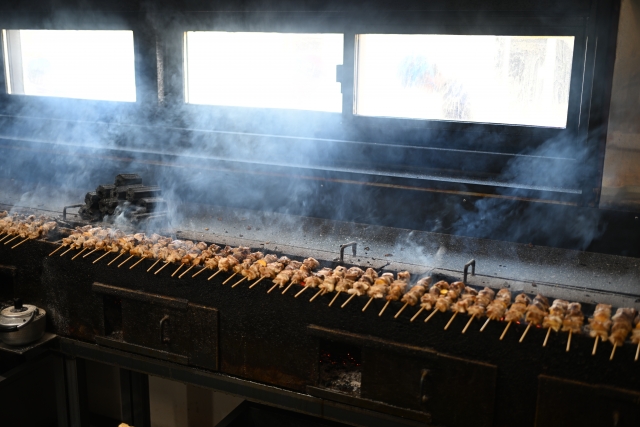
Bibai Yakitori was born in Bibai City, Hokkaido in the early 1950s and established as a food culture unique to this region.
It began as a new style of skewering created by Fukutaro Mifune, who had the idea of not wasting chicken offal and other organs. He began selling a dish called “motsu-kushi” (motsu skewers) using the offal at local food stalls, which quickly gained support and spread among local miners.
The dish was quickly accepted because the miners needed energy and preferred to eat offal because of its high protein content and nutritional value.
Bibai Yakitori is characterized by the use of various parts of the chicken, from the head to the skin, inner roe, and entrails, without wasting any of them. Each part has its own unique flavor and texture, which together create a unique taste.
In addition, Bibai City is one of the largest producers of onions in Hokkaido, so fresh, high quality onions are used for the skewers, which help the skewers to harmonize with the other ingredients and bring out even more delicious flavors.
Role in the Local Community

Bibai yakitori plays an important role in the local community and has established itself as a symbolic dish of local tradition and culture.It is an integral part of local festivals and family gatherings, and plays a role in the local economy. It is served on a daily basis in local taverns and specialty restaurants and is enjoyed by many people.
Bibai yakitori has a strong connotation of nostalgia for the local people, and the custom of enjoying it with family and friends on special occasions has taken root.It is common for locals to enjoy Bibai yakitori with “kakesoba” (buckwheat noodles), and this combination has established a food culture unique to Bibai.
Inheritance and Development in Modern Times
While preserving the tradition of Bibai Yakitori, the local people are actively exploring ways to adapt it to the modern world, such as using SNS to disseminate information and developing new products using local ingredients. The food has become popular among the younger generation, and its cultural values are being passed on in new ways. The event is also used as an opportunity to learn about local history and culture, and by deepening ties with local agriculture, it contributes to building a sustainable local community.
Along with its rich flavor, Bibai yakitori is an important cultural element that shapes the identity of the community. Behind it lies the rich history and culture of Bibai, which will continue to be loved and passed down to many people. It is hoped that through this dish, the story of the region will be passed on to new generations, building a bridge to the future.
Reference: Bibai Yakitori Hokkaido | Our Local Cuisine: Ministry of Agriculture, Forestry and Fisheries




